Piano Corner / Piano Solo Transcriptions
- Changes In Boogie Woogie - Albert Ammons Swing (medium)
- Blues #2 - Ray Bryant Swing (medium slow)
- Blues #3 - Ray Bryant Swing (slow)
- Cubano Chant - Ray Bryant Latin (Mambo)
- I Deal - Sonny Clark Swing (medium up)
- One Up Front - Jon Davis Swing (medium)
- Weirdo - Kenny Drew, Sr. Swing (uptempo)
- One For Peter - David Hazeltine Swing (medium up)
- Personal Space - Geoffrey Keezer Latin
- Blues part 1 - Meade Lux Lewis Swing (medium slow)
- Blues part 2 - Meade Lux Lewis Swing (slow)
- Blues part 3 - Meade Lux Lewis Swing (slow)
- Blues part 4 - Meade Lux Lewis Swing (slow)
- Blues part 5 - Meade Lux Lewis Swing (slow)
- Melancholy - Meade Lux Lewis Swing (medium slow)
- Solitude - Meade Lux Lewis Swing (medium slow)
- 'Orse At Safari - Herbie Nichols Swing (medium up)
- Grooveyard - Carl Perkins Swing (medium)
- Easy Does It - Bobby Timmons Latin/swing (uptempo)
- Little Busy - Bobby Timmons Funky 2-feel & swing
- One Mo' - Bobby Timmons Swing (medium up)
- Jackleg - Jack Wilson Swing (uptempo)
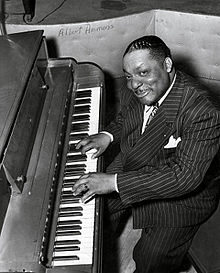
Albert Ammons
Albert Ammons, one of the most influential figures in early jazz piano, is best remembered for his contributions to the burgeoning style of boogie-woogie piano. Albert was born in Chicago on September 23, 1907. He began playing professionally at age 17 when he and childhood friend Meade "Lux" Lewis, both taxi drivers at the time, started to play together in various Chicago nightclubs and rent parties. Read more...

Donald Brown
A lyrical pianist and prolific composer as well as a teacher, band leader and arranger, Donald Brown is considered one of the masters of contemporary jazz composition. Raised in Memphis, Tennessee, Donald studied trumpet and drums as a youth. It was not until he began studying at Memphis State University that he switched to piano as his primary instrument, the late start making his pianistic skill all the more incredible. Read more...
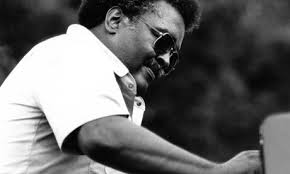
Ray Bryant
Following performances in his native Philadelphia with guitarist Tiny Grimes and as house pianist at the Blue Note Club with Charlie Parker, Lester Young, Miles Davis and others, Ray Bryant came to New York in the mid-1950s. His first jazz recording session in New York was with Toots Thielemans (August, 1955) for Columbia Records. That session led to his own trio sessions as well as sessions with vocalist Betty Carter for Epic Records in May and June ("Meet Betty Carter and Ray Bryant"). On August 5, 1955, Ray recorded with Miles Davis, and on December 2, 1955, with Sonny Rollins, both for Prestige Records. On April 3, 1956, Ray started his "Ray Bryant Trio" album for Epic Records, which contains his own first recording of his classic title Cubano Chant. Cal Tjader had recorded Cubano Chant earlier, on November 11, 1955, on Fantasy Records. Read more...
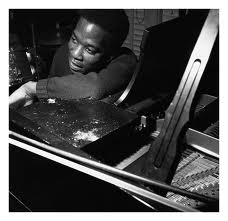
Sonny Clark
A remarkable composer and pianist whose special touch and articulation makes him instantly recognizable at the piano, Sonny (Conrad Yeatis Clark) was born in Herminie, PA, a small mining town 60 miles from Pittsburgh. He started piano at four, and at six was featured playing boogie-woogie on several amateur hour radio programs. He spent his teenage years in Pittsburgh, playing vibes and bass in high school as well as being featured on piano. He went to California in 1951 with his older brother, also a pianist, and worked in both San Francisco and Los Angeles, starting his recording career at age 22 in February, 1953, with Teddy Charles. Read more...
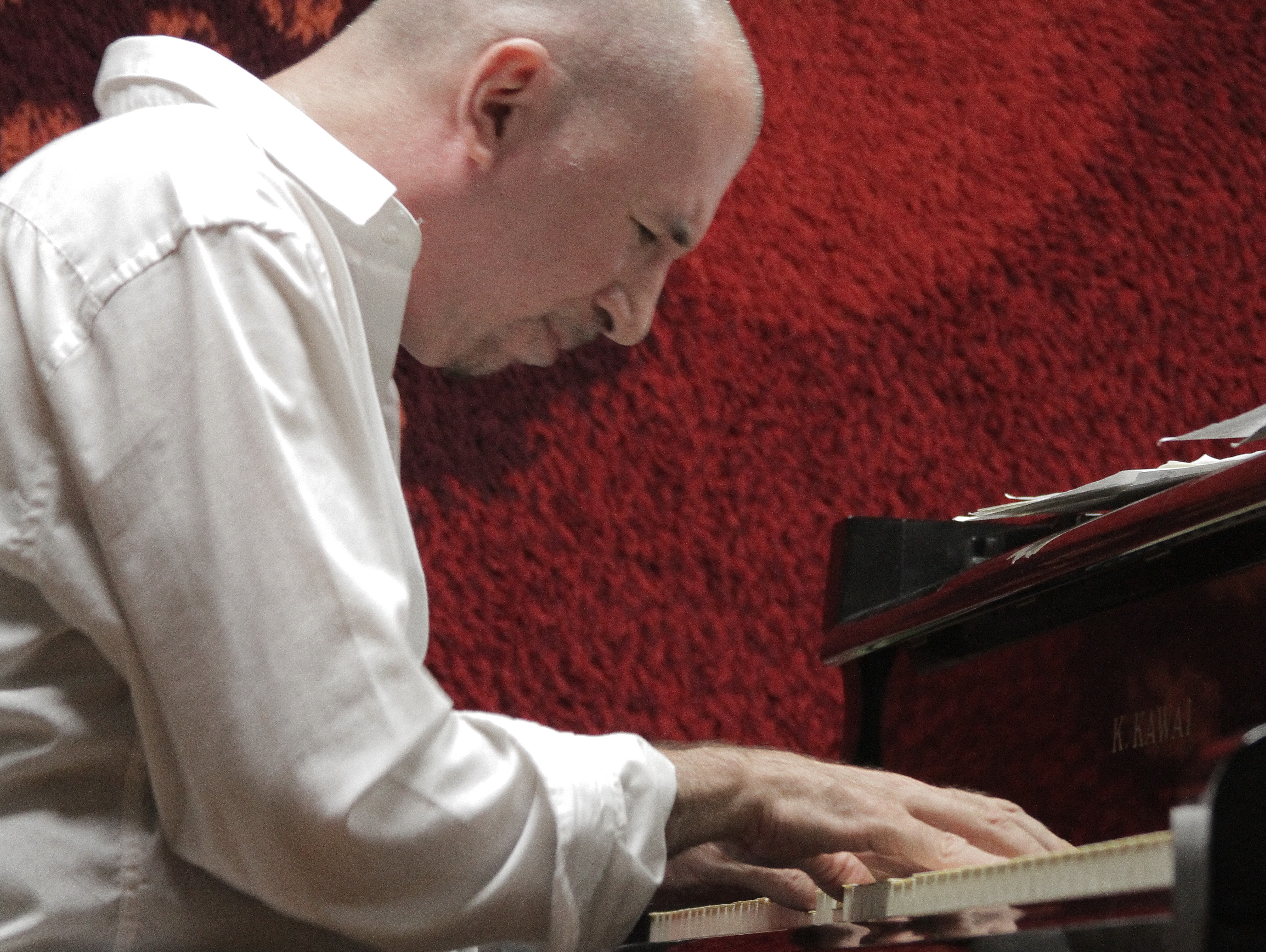
Jon Davis
Jon Davis has performed with and contributed compositions to many of the top jazz musicians worldwide throughout his career, which has spanned over 35 years, and has recorded many albums as a leader. Jon took up piano and guitar as a young teenager; he was inspired to play jazz after hearing records of Red Garland and Miles Davis. He briefly studied with Lennie Tristano then attended New England Conservatory, where his teachers included Ran Blake, Jaki Byard, and Madam Chaloff. After six months, he left to begin gigging around Boston. Read more...
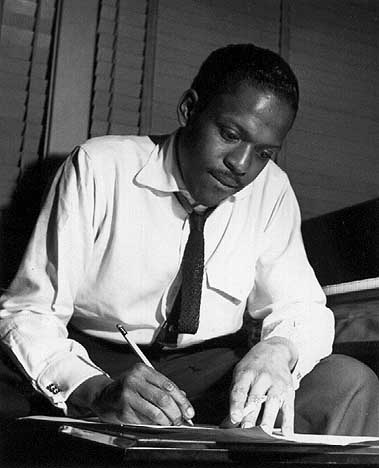
Kenny Drew
Kenny Drew was born in New York City. He studied classical piano but soon turned to jazz. His recording career started in 1950 at age 22, first with Howard McGhee for Blue Note, then Sonny Stitt for Prestige. These two 1950 recordings plus a surviving radio broadcast with Charlie Parker (December 8, 1950) put him in the company of jazz greats J.J Johnson, Max Roach and Art Blakey. Read more...
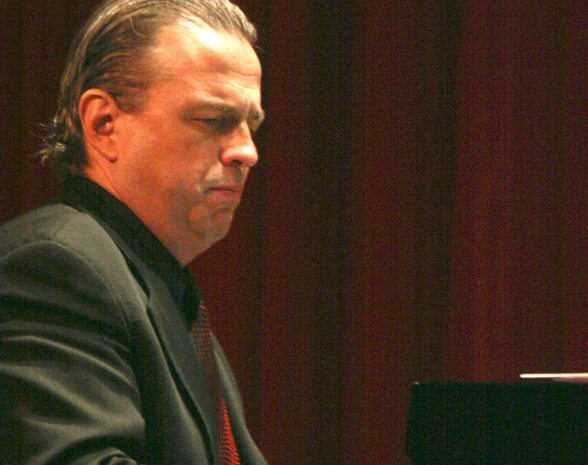
David Hazeltine
Heralded by pianist Cedar Walton as the "brightest star on jazz piano's horizon," David Hazeltine is considered to be one of jazz's premier pianists as well as composer-arrangers. With a mantra to "swing as much as humanly possible," David's style is infused with influences of Art Tatum, Bud Powell, Buddy Montgomery, Barry Harris and Cedar Walton while still retaining his own fiercely individual voice. Hailing from Milwaukee, David made his professional debut on the organ when he was just thirteen years old. Read more...
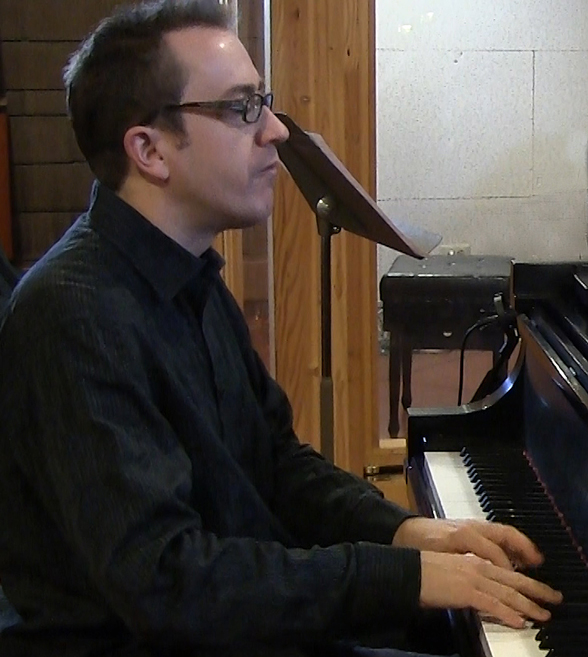
Geoffrey Keezer
A lauded name on the jazz scene since the tender age of 17, Geoffrey Keezer is one of the best-loved pianists today. A native of Eau Claire, Wisconsin, Geoff took up the piano at age three and quickly showed himself to be a prodigy. As an eighteen-year-old freshman at Berklee College of Music in 1989, he was invited to join Art Blakey's Jazz Messengers, launching his talents into the spotlight. The year before, his mentor James Williams encouraged him to record his debut album, the well-received "Waiting In The Wings." His career continued to take off in the early 1990s with a performance at the Hollywood Bowl of Gershwin's Rhapsody In Blue (conducted by John Mauceri). Read more...

Meade Lux Lewis
Born Meade Anderson Lewis in Chicago, Meade "Lux" Lewis is one of the most important early jazz pianists. When he was a child, his father insisted that Meade learn violin. After his father died, he took up piano at the age of 16. He learned by listening to pianist Jimmy Yancey and received no training. Despite this, his considerable skill earned him the attention of the Chicago music scene, and in addition to securing local gigs, he made his recording debut in 1927 with "Honky Tonk Train Blues" for Paramount Records. Read more...

Herbie Nichols
Herbie Nichols is a classic example of a visionary jazz composer whose music was way ahead of its time. His life story and music have some parallels to those of Thelonious Monk, whom he knew well. Like Monk, Nichols wrote music in the 1940s and '50s that was much more advanced and idiosyncratic than the mainstream of jazz at the time. However, whereas Monk's music became widely known later in his life, Nichols did not live long enough to see such recognition. Read more...

Carl Perkins
Carl Perkins was an exceptional pianist who developed a unique style of playing the piano with an inimitable left-hand technique. Not much is known about him, despite the fact that one of his compositions, Grooveyard, went on to become rather famous. Born in Indianapolis, IN, he worked with Tiny Bradshaw and Big Jay McNeely (1948-1949) there, then moved to Los Angeles, CA, in 1949. He did his first recording session (his own date) that year in Los Angeles for Savoy Records. Read more...
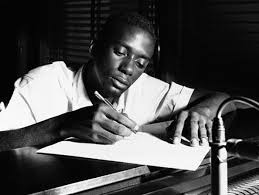
Bobby Timmons
A beloved pianist with one of the most easily recognizable styles, Bobby Timmons is responsible not only for bringing his unique gospel-tinged voice to the piano, but also for his funky compositional masterpieces that have become jazz standards, like Moanin’ and This Here (‘Dis Here). These two are by no means the only memorable original works of Bobby’s—nearly all of his works are instantly recognizable as a Bobby Timmons original, as they all have his signature style of soul, funk, and gospel, all while still maintaining the hallmarks of true hard-bop jazz. Read more...

Jack Wilson
Pianist Jack Wilson was born in Chicago but moved to Fort Wayne, Indiana, at age seven. By his fifteenth birthday, he had become the youngest member ever to join the Fort Wayne Musician’s Union. At the age of seventeen he played a two-week stint as a substitute pianist in James Moody’s band. After graduating from the local high school, Wilson spent a year and a half at Indiana University, where he met Freddie Hubbard and Slide Hampton. He went on to tour with a rock ‘n roll band, which led him to Columbus, Ohio, where he found the then-unknown Nancy Wilson and Rahsaan Roland Kirk. He settled there for a year, then moved to Atlantic City, where he led the house band at the local Cotton Club. Read more...
